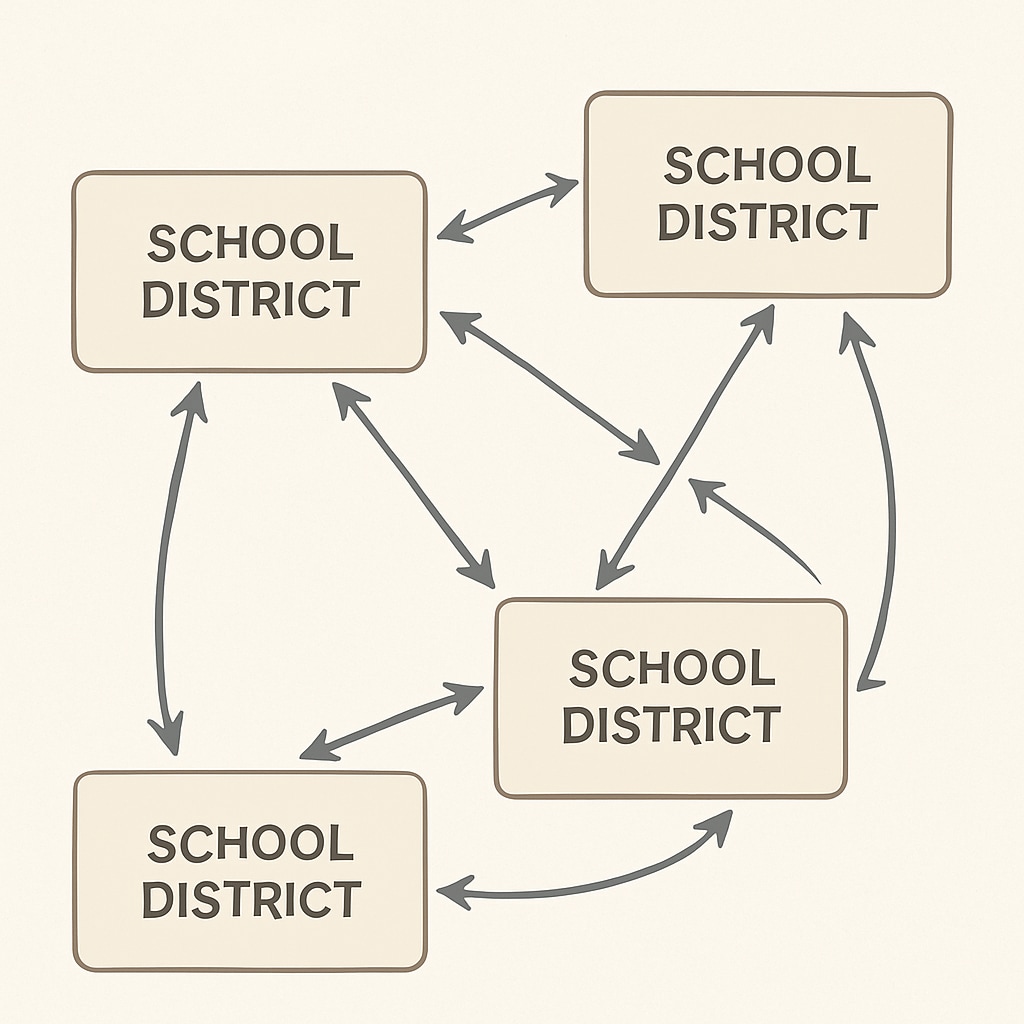Improper communication between school districts can significantly impact families seeking to transfer their children to another school due to issues like discrimination. Such barriers not only exacerbate existing inequalities but also challenge the fundamental principle of educational equity. As school choice becomes increasingly essential for many families, the lack of transparency and student-centered mechanisms in inter-district communication demands immediate attention.

How Discrimination Amplifies the Need for School Transfers
Many students face discrimination in their schools, whether due to race, socioeconomic status, or learning disabilities. For parents, transferring their child to a different school often becomes the only solution to ensure their safety and well-being. However, the process is frequently riddled with obstacles. Districts may engage in unspoken “rules” or informal agreements that complicate the transfer process, leaving families frustrated and children stuck in harmful environments.
For example, a district might delay responses to transfer requests or impose excessive bureaucratic requirements, effectively discouraging families from pursuing alternative schooling. These practices not only undermine parental rights but also perpetuate systemic inequities in education.
The Role of Inter-District Communication in School Choice
Transparent and efficient communication between districts is critical for facilitating smooth school transfers. Unfortunately, many districts lack clear policies on transfer requests, leading to confusion and inconsistent decision-making. Families seeking transfers often find themselves navigating a murky system where the rules seem arbitrary or overly restrictive.
Key issues in inter-district communication include:
- Deliberate delays in processing transfer applications
- Lack of clear guidelines on eligibility and procedures
- Unwillingness to share resources or collaborate across district lines
These challenges hinder families’ ability to make informed decisions and prioritize their children’s educational needs. Without reform, the current system risks creating further disparities in access to quality education.

Building a Transparent, Student-Centered Transfer System
To address these issues, it is essential to establish policies that prioritize the well-being of students over administrative convenience. Here are some recommendations for creating a fairer transfer system:
- Standardized Policies: Develop clear, consistent guidelines for transfers that all districts must follow.
- Timely Responses: Mandate specific timelines for processing transfer applications to reduce unnecessary delays.
- Collaboration Between Districts: Encourage open communication and resource-sharing to support families during the transfer process.
- Transparency in Decision-Making: Require districts to provide detailed explanations for accepting or rejecting transfer requests.
Implementing these measures can help ensure that families facing discrimination or other challenges have access to alternative educational opportunities without unnecessary obstacles.
Readability guidance: Use actionable recommendations and examples to make the content relatable. Introduce lists and short paragraphs to improve clarity for readers.


